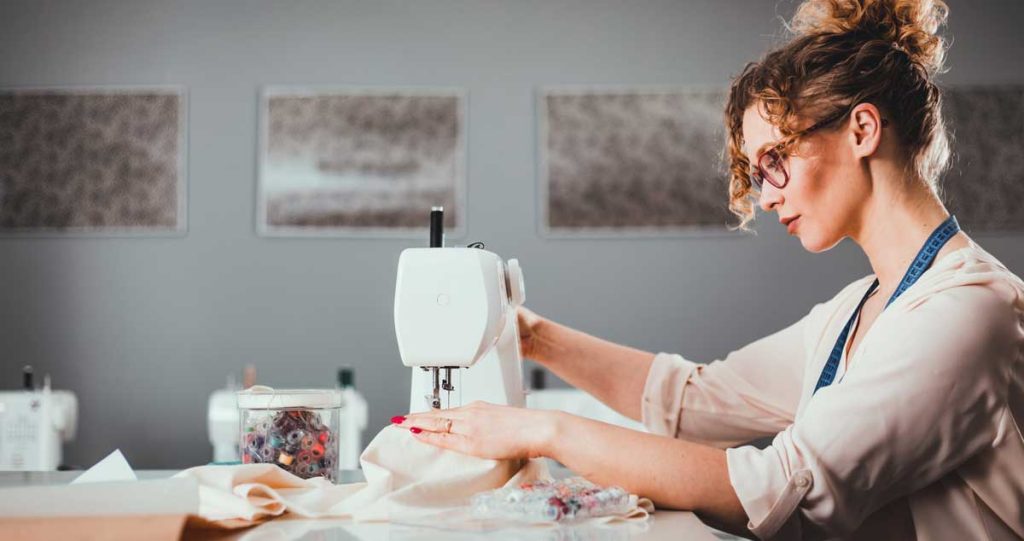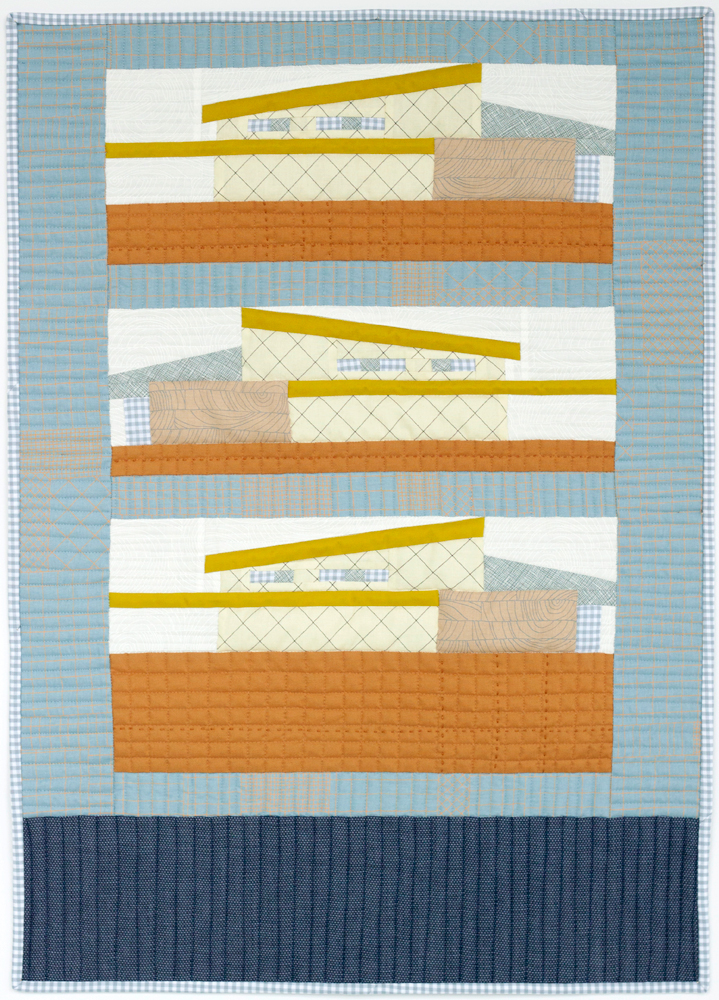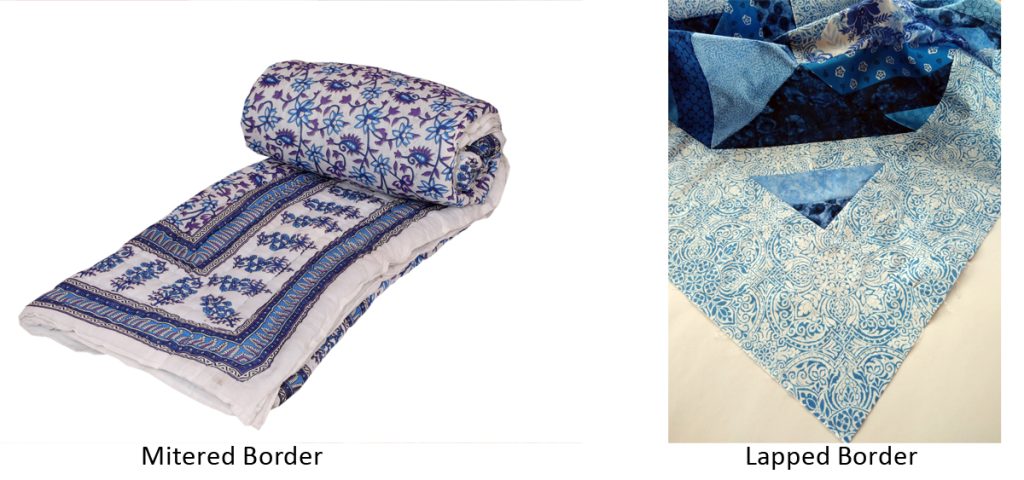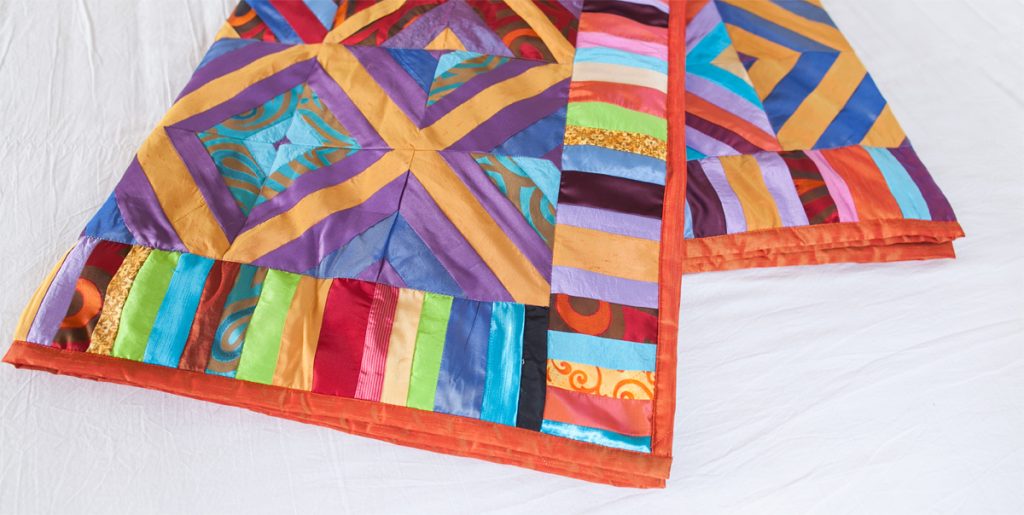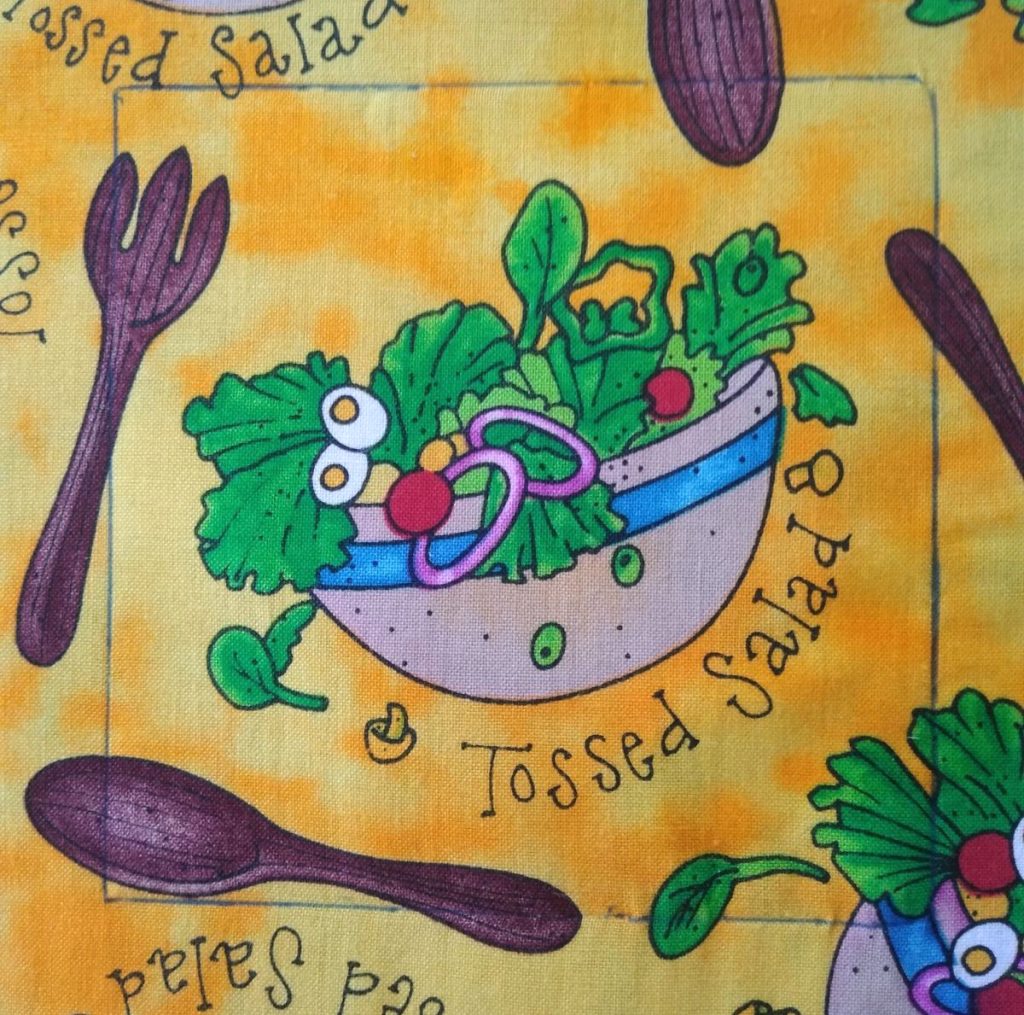Some people call them junk mail, but personally, I LOVE to get catalogs in the mail! I’ve signed up to get paper catalogs from a number of clothing companies that I like and they often have great ideas I can translate into my sewing projects. I live at the Oregon Coast where the biggest fashion choice of the day is which sweatshirt to wear with my leggings, but nonetheless I like to be inspired.
In some instances, I’m taking a close look at how a detail was created; in other instances I’m just savoring the artistic nature of the garment—perhaps the seaming or an unexpected combination of colors in a simple style.
One of my favorite catalogs is Artful Home. I think I have an inner persona that really wants to sport some of their artsy combos. Many of their designs are limited-edition creations, but oh so inspirational. Their designers do a lot of pattern mixing, which I love, while others create simple art with clever seaming.
For some, keeping a digital image of an inspiring garment works, but I much prefer to cut it out of the catalog and put it on an idea board in my sewing room. Periodically, I’ll purge some things on the board and wonder why I liked that particular thing at some point in time. Other times, I’ll pull a clip and try duplicating the technique.
As I look at catalogs, my thought is almost always, “I could do that” or “Why didn’t I think of that?” So, I’m encouraged to think outside my comfort zone a bit.
For example, in a recent Coldwater Creek catalog, I saw some wonderful jeans with embroidery on the leg (item # 23582, Summer Ankle Jeans) and a decoratively stitched band on the lower edge. They’re perfect to showcase machine stitches in some fun combinations. You can start with jeans that you already own, or make your own. If your jeans are ready-made, you’ll need to open the inseam or out seam (choose the one that’s not flat-felled) to access the leg area for the embroidery process and to add the decoratively stitched bands. But otherwise, pretty straight forward—choose your favorite color combo and stitch favorites to create bottom bands wide enough to match the lower leg circumference. In addition to being a fun and colorful addition to a pair of jeans, the band can also serve to lengthen a too-short pair. A great idea for growing kids!
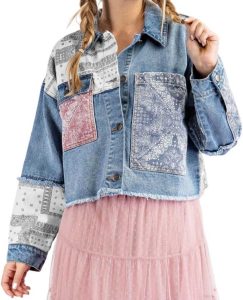
Sometimes the things that inspire me can serve a functional as well as decorative purpose. If you have a denim jacket with some well-worn spots (or actual holes) and you’ve not a fan of the grunge look, consider adding some fabric shapes over those areas. This jacket inspired me to do just that, using some old lace and Liberty prints I inherited from my mom. Depending on the look you like (and access to the area you want to cover), you can hand- or machine-stitch the patches in place. Add some beads or jewels to the patches for a little bling.
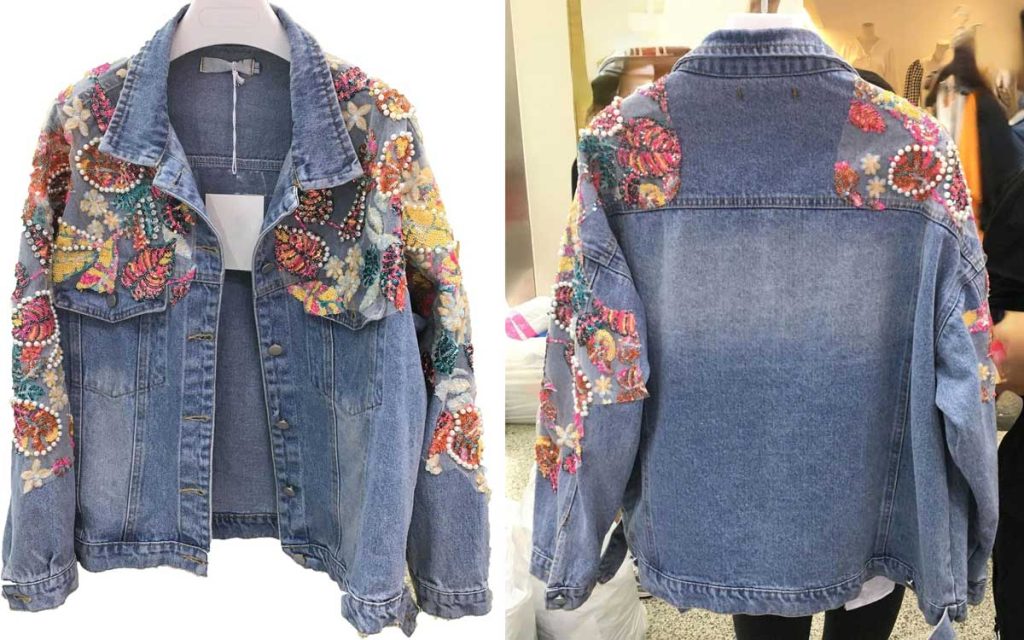
One interesting detail I’ve seen for summer is an openwork sleeve insert. This clever inset is easy enough even for a beginning sewer to duplicate using ½” ribbon or a narrow tube of fabric.
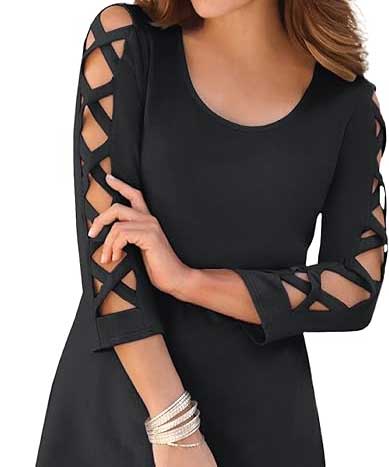
Here’s how:
- Cut a piece of removable stabilizer the length of your sleeve center plus 1”. Draw parallel lines 2 1/2” apart. Mark dots along both lines 2” apart (1).
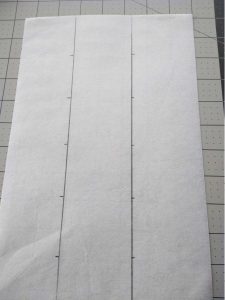
- Cut the ribbon into 4 ½” long lengths and position them diagonally along the marked stabilizer dots, weaving them in the same direction. Pin in place.
- Sew along the marked line on each side of the ribbon lattice (2).
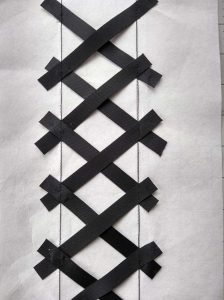
- Mark the center of each shirt sleeve and cut apart along the line. Fold under 5/8” on each sleeve section center cut edge and press. Lay each folded edge just over the vertical lattice stitching lines and topstitch in place.
- Note that your sleeve will now be wider than the original pattern, so recut the sleeve to shape using the original pattern and matching the center line to the center of the lattice inset. Remove the stabilizer following the manufacturer’s directions, trim ribbon ends to neaten, and finish the T-shirt construction.
~Linda Griepentrog is the owner of G Wiz Creative Services and she does writing, editing and designing for companies in the sewing, crafting and quilting industries. In addition, she escorts fabric shopping tours to Hong Kong. She lives at the Oregon Coast with her husband Keith, and three dogs, Yohnuh, Abby, and Lizzie. Contact her at .





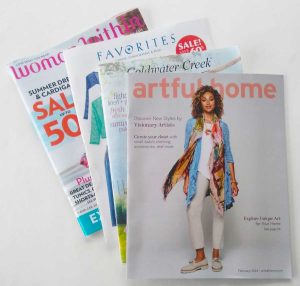
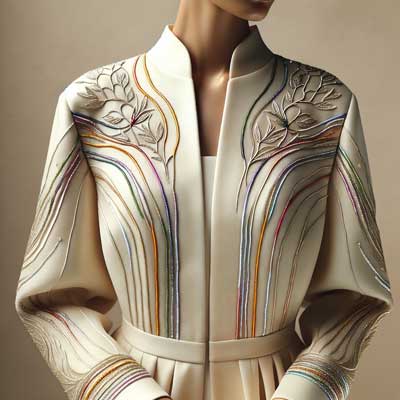
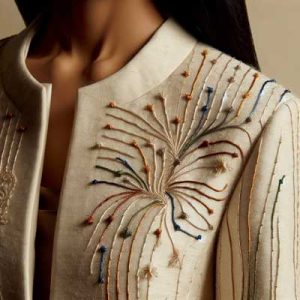
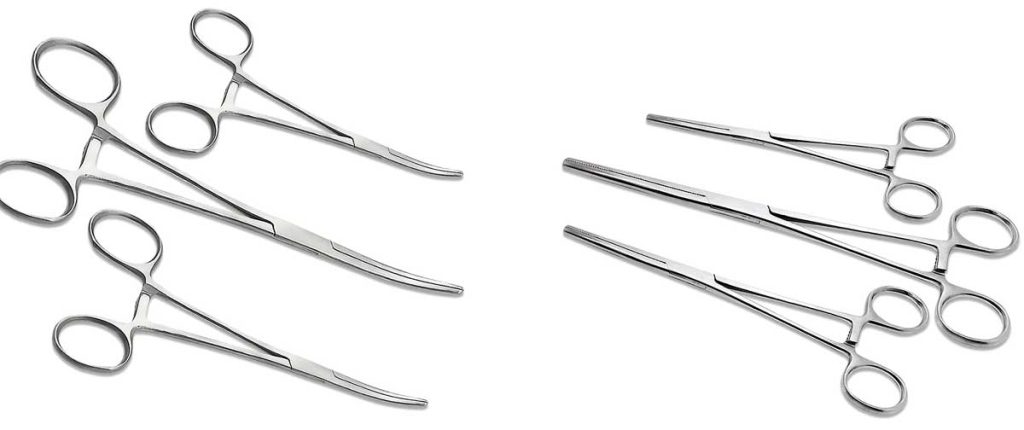

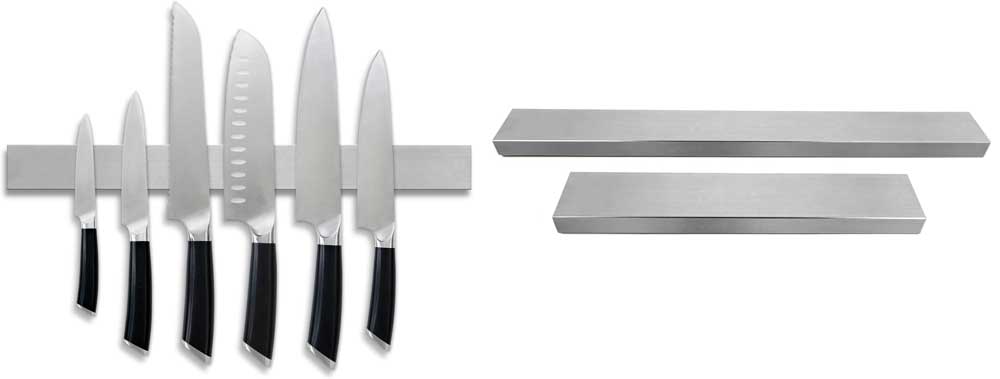
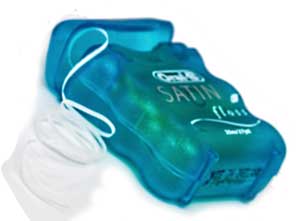 We all know that flossing is good for your dental health, but the floss itself can be helpful in your sewing room as well.
We all know that flossing is good for your dental health, but the floss itself can be helpful in your sewing room as well.

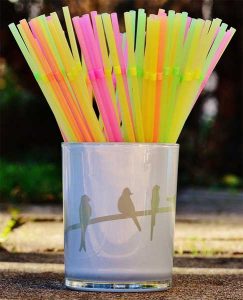 Flex straws that bend allow for even more precise placement in awkward areas.
Flex straws that bend allow for even more precise placement in awkward areas.